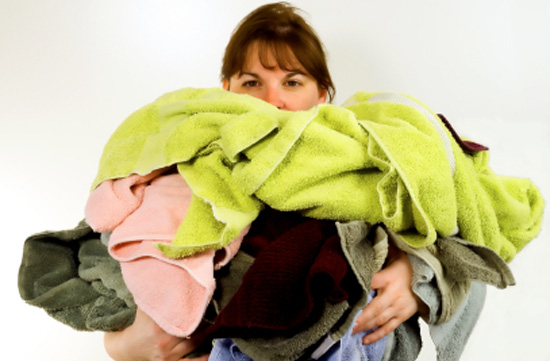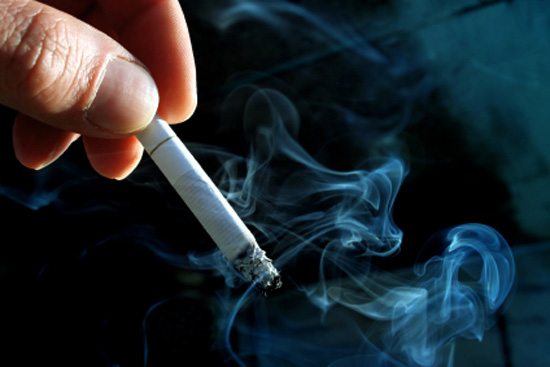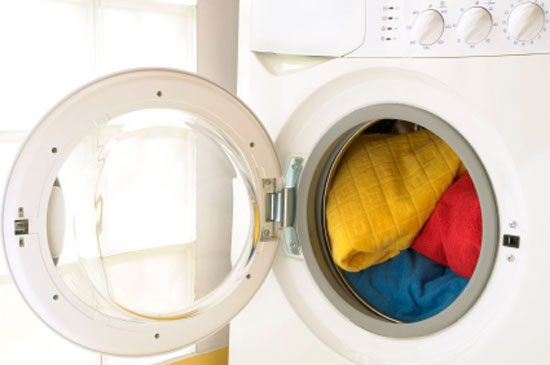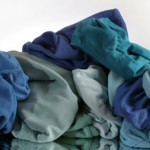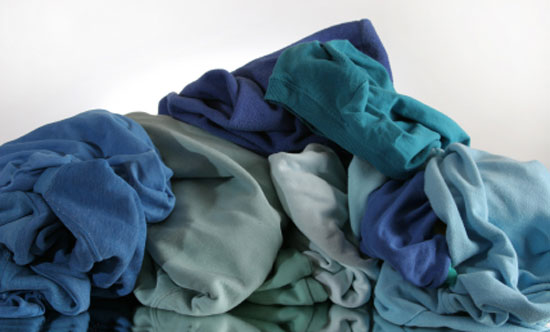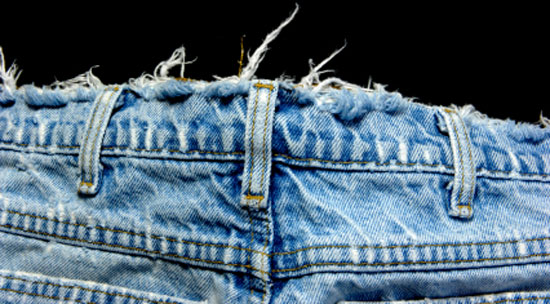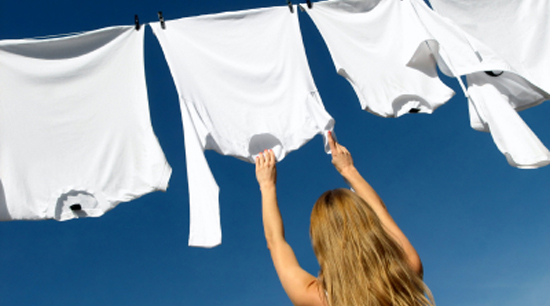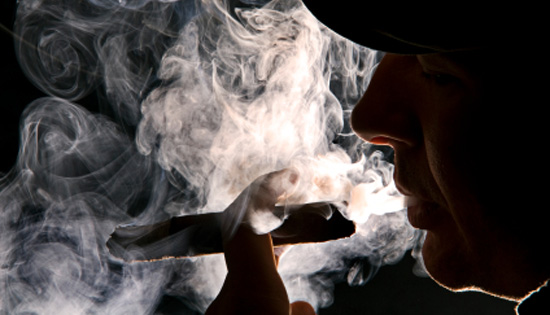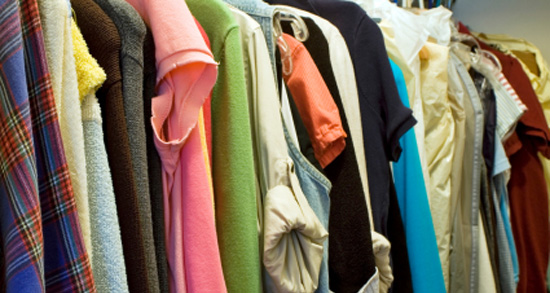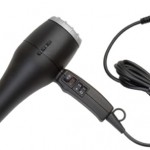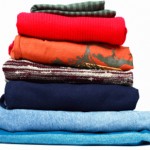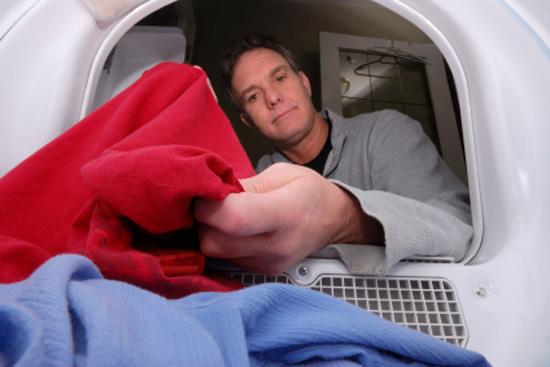
Isn’t it always the worst possible time, when you are in a rush to get out the door, that you discover your favorite shirt, your work shirt, or the shirt that is perfect for the occasion that you are heading to is still in the washer dripping wet! Those kinds of moments seem to happen way too often. However, if you know the trick to quickly drying a shirt, you will never have to sweat it again while your tee takes its time drying.
Much debate is held about the ideal way to dry clothing. Some people advocate hanging clothes to dry only, in order to avoid shrinkage and color fading. Others love the wrinkle-free softness that only a clothes dryer can deliver. When speed is what you are looking for in clothes drying, an electric or gas dryer is the way to go.
Before you even begin to officially dry your shirt in the dryer, make sure it is as dry as it can be so you don’t overtax your clothes dryer. It will also speed up the process if it is dryer. Put the shirt through an extra spin cycle in the washing machine, in order to spin out as much excess water as possible. You can also lay your shirt flat on a dry towel and then roll up the towel and shirt together in a jelly roll fashion. Squeeze the rolled up towel/tee combination to get rid of extra humidity.
Then, you will need to put it into the dryer inside out, with another dry towel. The towel will help to absorb some more of the moisture in your shirt. Alone, except for the towel, the shirt will not be competing for other wet clothes for heat or air and will dry amazingly quickly. Use the highest heat setting recommended on the care tag of the shirt.
When selecting a towel to go in the dryer with your tee, remember to choose one that is the same color as your shirt or there may be unwanted color transference. The towel may also transfer a little lint onto the shirt, so if it is in the same color as the shirt, it is less noticeable. (Use a lint brush before you wear it though.) Be sure to dry your shirt inside out because it will protect the exterior of the shirt from developing pills from the friction of rubbing against the towel. Drying it this way also minimizes the appearance of lint.
Another trick for those people who seem to get stuck needing to dry a shirt quickly often is to get a backup shirt. Having another duplicate shirt on hand when you are in a rush to get to work or when you want to go somewhere in your favorite shirt is the ideal solution. Just make sure that one is always clean and you’ll never again have the problem of trying to dry a shirt as fast as possible anymore.


